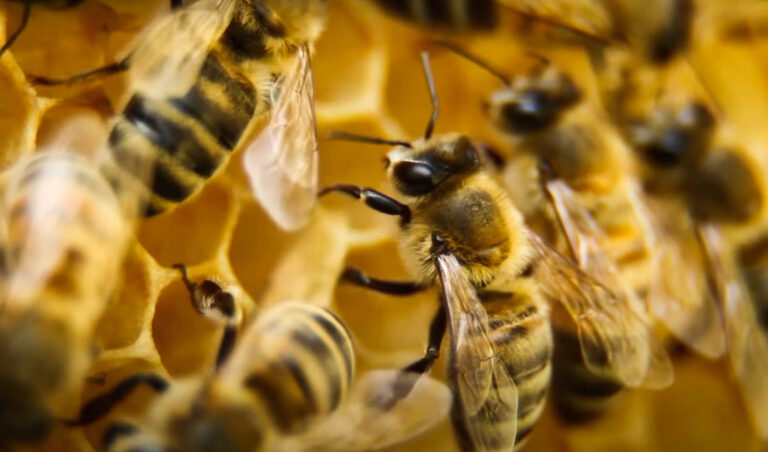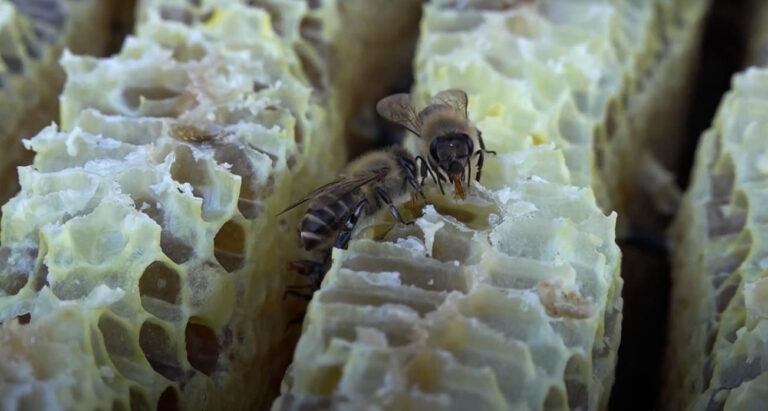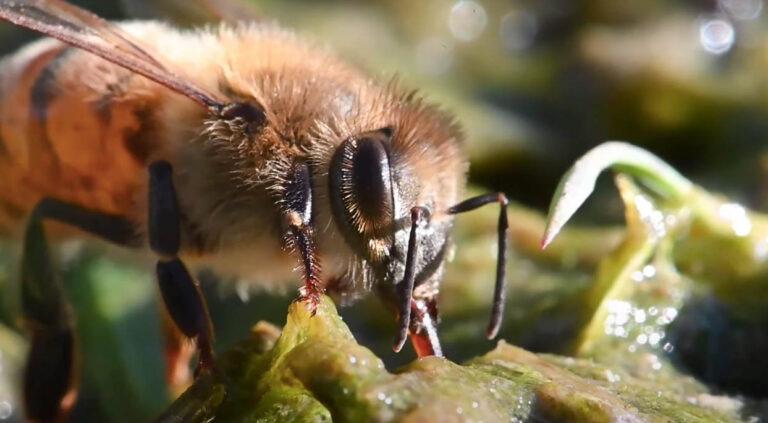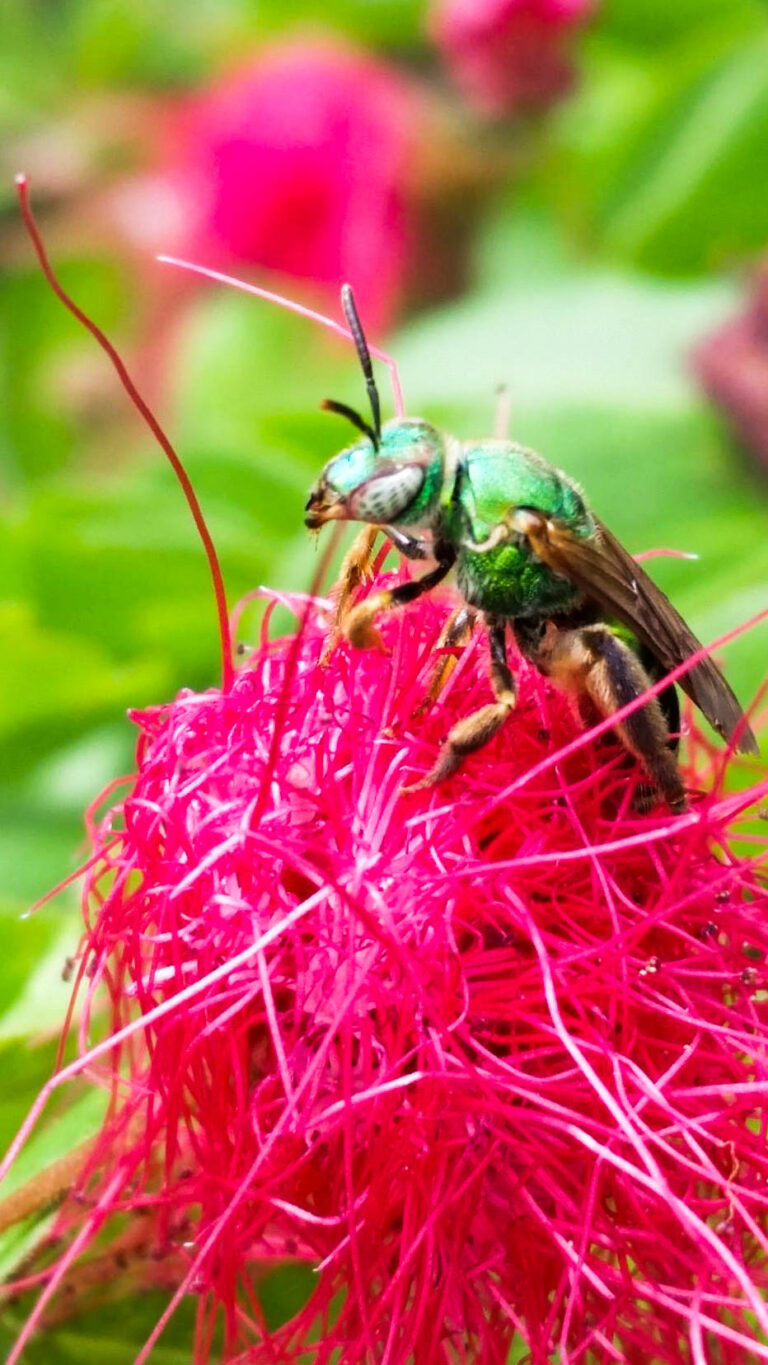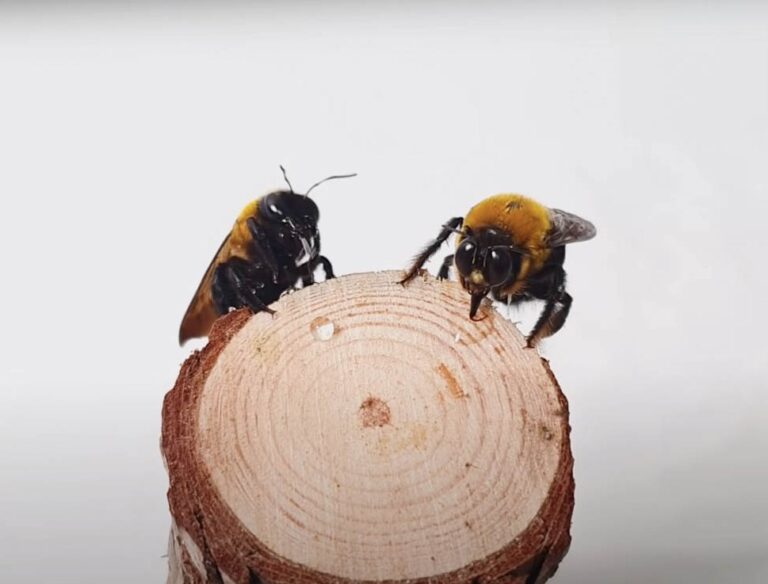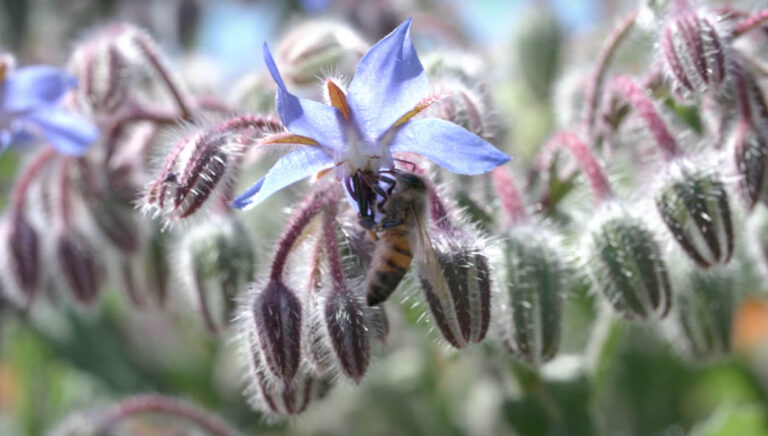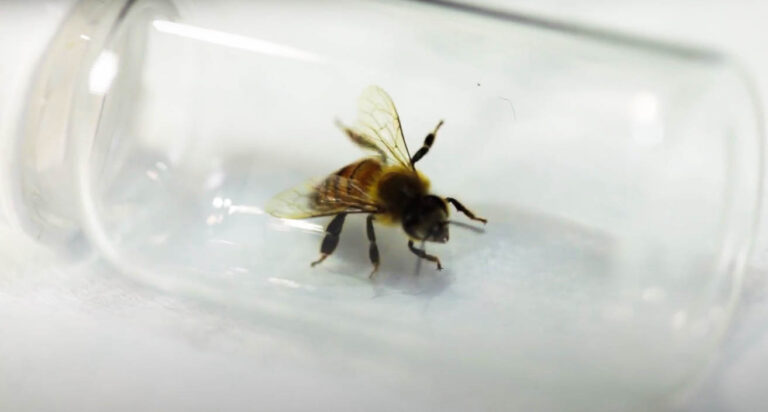About Western Honey Bees
About Western Honey Bees
Western honey bees are natives of Africa, Europe, and the Middle East, which are currently found across a wide range of locations and in all continents but Antarctica. The bees are known for their honey-producing abilities as well as their important roles as pollinators. Western honey bees pollinate a major proportion of agricultural crops in the US.
Appearance
The different Western honey bees differ in size, with the worker bees being the smallest in size and the queen bees being the largest. The worker bees are well equipped for their ability to gather pollen and nectar. They carry pollen and nectar with their pollen sac which is located on their hind legs. The worker bees can also produce wax in their abdomen area. The worker bees and the queen bees have stingers. The drones have a more fly-like physical appearance.
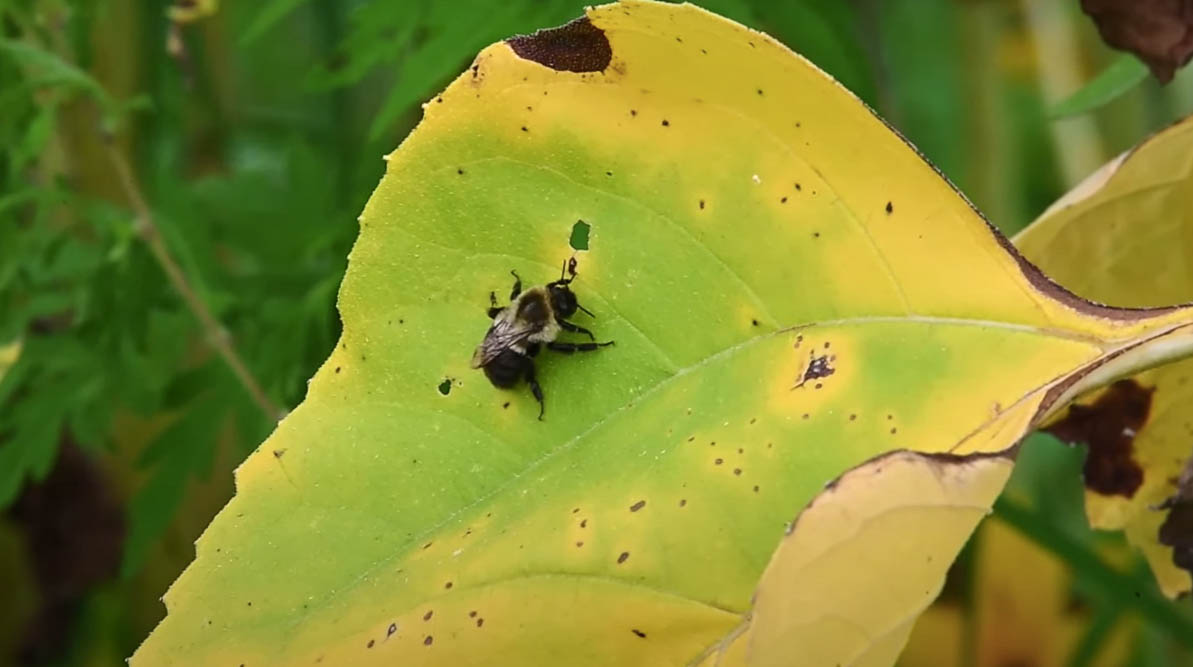
Behavior
Western honey bees are known for their defensive attributes. They will sting if they are provoked or feel threatened. The female bees are those with stingers. The queen and workers can sting but with different consequences. The worker bees will die after they use their stingers. The queen bees can sting an intruder and not die afterward. The bees apply their numbers in defending their colony from intruders. If an intruder enters the colony, a set of workers will attack and mount a suitable defense. If the defense is not appropriate for the attack, they release pheromones to attract other worker bees to the area.
Apart from when defending their colony from intruders, the Western honey bees use pheromones in different instances, for communication. They use pheromones for routine communication to ensure the smooth running of the colony. In times of colony disturbance, they also use pheromones to find members of the colony that were disturbed from the rest. Like other honey bees, Western honey bees are honey producers. They produce honey from the pollen and nectar that they gather. Thus, they could be cultivated for their honey-producing abilities. They are also excellent pollinators. As they gather pollen for their nests, they transfer it from one plant to another.
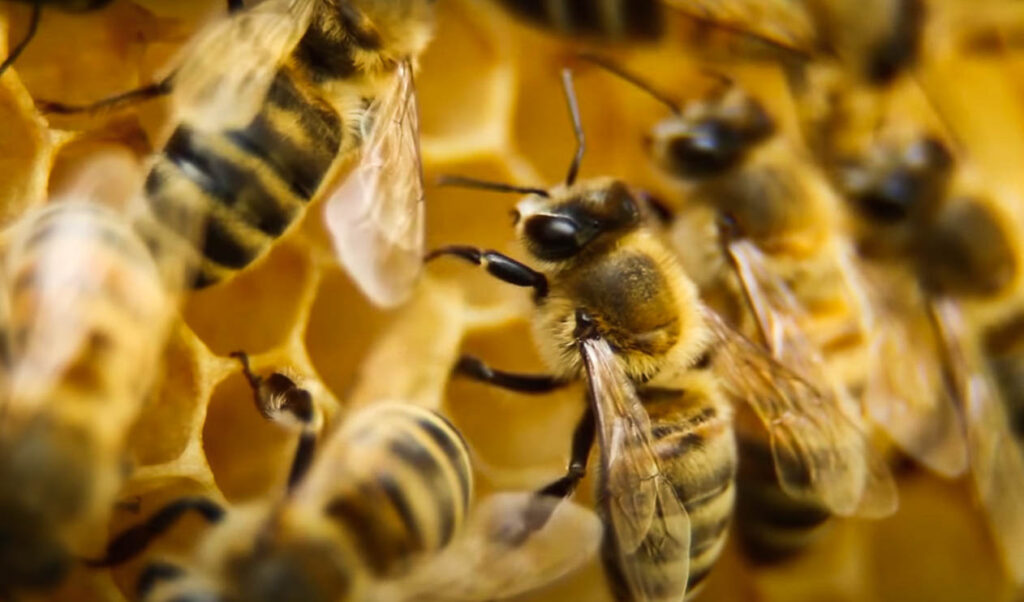
Life Cycle
For Western honey bees to develop into fully functioning adults, they have to go through the egg, larva, and pupa stages. The queen is the reproductive female that is responsible for all the eggs that develop into the different bees. Each colony has a queen. The Western honey bee queens can lay up to 150 bees in a day. The eggs of Western honey bees are very small, about 1.5 mm in length. The larva hatches from the egg after about three days. The larvae are uncapped. They feed on nectar, pollen, and other materials.
The different bees spend a different length of period as larvae. The workers spend about 6 days as larvae. The drones spend about 6.5 days as larvae, while the queens spend only about 5.5 days as larvae. As the larvae are about to develop into pupae, they develop wax capping. The pupae mature and the adult bee develops out of the pupae. The adult bees emerge from the capping and begin their life.
Western honey bees are swarming insects. They typically swarm when food sources such as pollen and nectar are readily available. Most Western honey bees swarm during spring and summer. The swarming process of the bees starts with the mother queen laying eggs of daughter queens. The mother queen then leaves the existing colony, and the daughter queens compete for the open position of the queen. The new queen begins mating almost immediately after she fully develops. Mating occurs mid-air and within the first two weeks of life. The queen stores the sperm and releases eggs for the rest of her life.
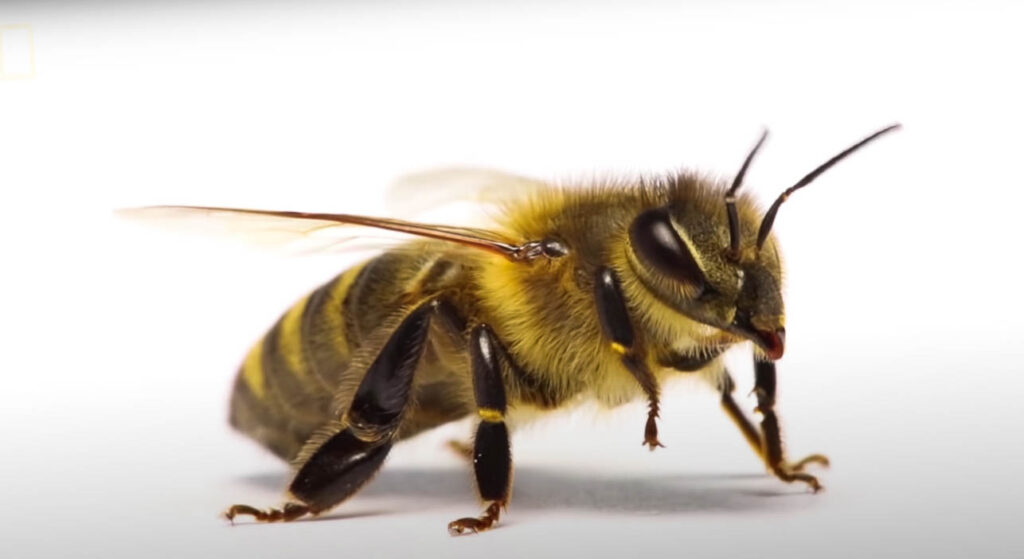
Habitat
They are natives of the Middle East, Africa, and Europe. The bees are currently found in every continent but Antarctica, with their migration attributed to colonists, as well as other factors. The habitats of Western honey bees are mostly areas with temperate climates as they are adapted to living in temperate climates.

